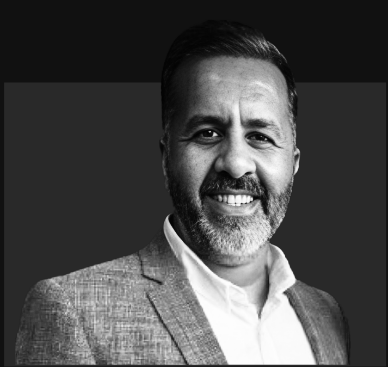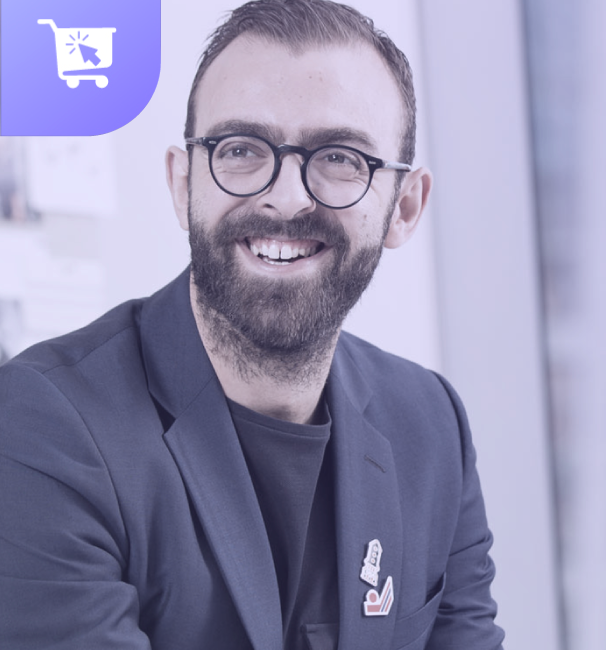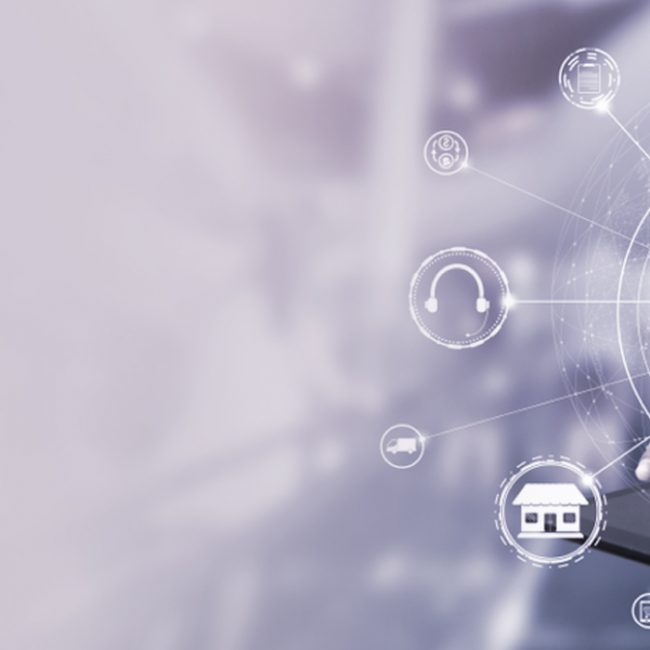
The Next Era of Customer Service with Shamas Aziz
Introducing Shamas Aziz, a seasoned leader with over two decades of experience at renowned companies like Matches, Selfridges, NET-A-PORTER and Ocado. Currently, as the interim customer experience specialist at Matches, he has dedicated his expertise to the future of customer service.
In this episode of The Retail Podcast by Vue.ai, Shamas talks about the strategies, key considerations, and the effects of digital transformation in customer service. He explains the role of AI and how customer’s trust is a crucial factor in AI driven customer service.
Listen on:
Episode Transcript:
Meet your speakers:

Shamas Aziz
Interim Customer Experience Specialist, MATCHES

Krithika Anand
Customer Marketing, Vue.ai





